Portal:1920s
The 1920s PortalThe 1920s (pronounced "nineteen-twenties" often shortened to the "'20s" or the "Twenties") was a decade that began on January 1, 1920, and ended on December 31, 1929. In America, it is frequently referred to as the "Roaring Twenties" or the "Jazz Age", while in Europe the period is sometimes referred to as the "Golden Twenties" because of the economic boom following World War I (1914–1918). French speakers refer to the period as the "Années folles" ("crazy years"), emphasizing the era's social, artistic, and cultural dynamism.
Silent films were popular in this decade, with the highest-grossing film of this decade being either the American silent epic adventure-drama film Ben-Hur: A Tale of the Christ or the American silent war drama film The Big Parade, depending on the metrics used. Sinclair Lewis was a popular author in the United States in the 1920s, with his books Main Street and Elmer Gantry becoming best-sellers. Best-selling books outside the US included the Czech book The Good Soldier Švejk, which sold 20 million copies. Songs of this decade included "Mack the Knife" and "Tiptoe Through the Tulips". During the 1920s, the world population increased from 1.87 to 2.05 billion, with approximately 700 million births and 525 million deaths in total. (Full article...) Selected article - Featured picture Haile Selassie I of Ethiopia Haile Selassie I was Ethiopia's regent from 1916 to 1930 and Emperor of Ethiopia from 1930 to 1974. The heir to a dynasty that traced its origins to the 13th century, and from there by tradition back to King Solomon and the Queen of Sheba, he is a defining figure in both Ethiopian and African history. Selassie is revered as the religious symbol for God incarnate among the Rastafari movement, whose name comes from Ras (literally "Head," an Ethiopian title equivalent to Duke), and Tafari Makonnen, Selassie's pre-coronation name. Did you know...
Related portalsSelected biography -Louis Daniel Armstrong (August 4, 1901 – July 6, 1971), nicknamed "Satchmo", "Satch", and "Pops", was an American trumpeter and vocalist. He was among the most influential figures in jazz. His career spanned five decades and several eras in the history of jazz. He received numerous accolades including the Grammy Award for Best Male Vocal Performance for Hello, Dolly! in 1965, as well as a posthumous win for the Grammy Lifetime Achievement Award in 1972, and induction into the National Rhythm & Blues Hall of Fame in 2017. Armstrong was born and raised in New Orleans. Coming to prominence in the 1920s as an inventive trumpet and cornet player, Armstrong was a foundational influence in jazz, shifting the focus of the music from collective improvisation to solo performance. Around 1922, he followed his mentor, Joe "King" Oliver, to Chicago to play in the Creole Jazz Band. He earned a reputation at "cutting contests", and his fame reached band leader Fletcher Henderson. He moved to New York City, where he became a featured and musically influential band soloist and recording artist. By the 1950s, he was a national musical icon, appearing regularly in radio and television broadcasts and on film. (Full article...)TopicsWikiProjects
List articlesCategory puzzle Select [►] to view subcategories
1920s-related lists 1920-related lists 1921-related lists 1922-related lists 1923-related lists 1924-related lists 1925-related lists 1926-related lists 1927-related lists 1928-related lists 1929-related lists Lists of 1920s films 1920s politics-related lists More Did you know (auto generated)
Categories 1920s 1920 1921 1922 1923 1924 1925 1926 1927 1928 1929 1920s by city 1920s by continent 1920s by country 1920s-related lists Months in the 1920s 1920s beginnings 1920s endings 1920s decade overviews 1920s in LGBT history 1920s in philosophy 1920s meteorology 1920s missing person cases 1920s architecture 1920s in the arts 1920s awards 1920s censuses 1920s competitions 1920s conferences 1920s disasters 1920s economic history 1920s in education 1920s in the environment 1920s events 1920s fads and trends 1920s fashion 1920s festivals Fiction set in the 1920s 1920s in film 1920s in health 1920s hoaxes Interwar period 1920s in law 1920s in mass media 1920s in military history 1920s in politics 1920s in religion 1920s in science 1920s in sports 1920s in technology 1920s toys 1920s in transport 1920s in women's history 1920s works General imagesThe following are images from various 1920s-related articles on Wikipedia.
Recognized contentFeatured articles:
Featured lists: Associated WikimediaThe following Wikimedia Foundation sister projects provide more on this subject:
Discover Wikipedia using portals
|


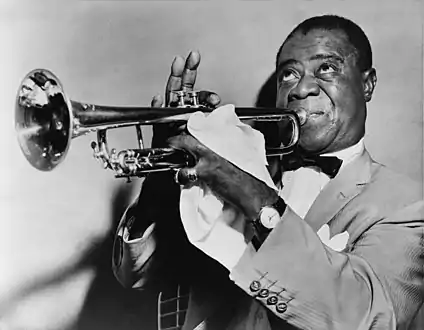


.svg.png.webp)
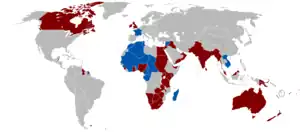

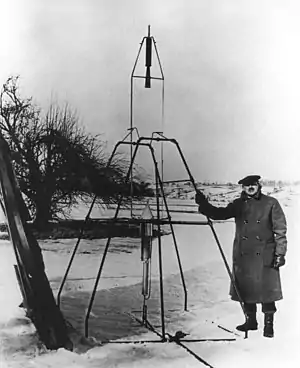

_-_2.JPG.webp)
.jpg.webp)





.jpg.webp)

_(cropped).jpg.webp)


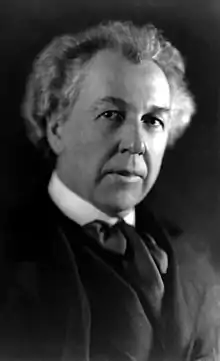
_-_Fondo_Mar%C3%ADn-Kutxa_Fototeka.jpg.webp)
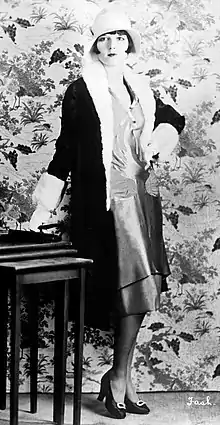

_Cropped.jpg.webp)

.jpg.webp)